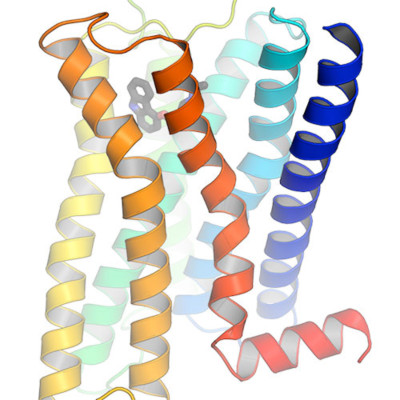Abstract
Genetic approaches to validating G protein-coupled receptors (GPCRs) have proven to be a powerful research tool, especially knockout studies in rodents. To date, data related to in vivo function have been published on approximately half of the human rhodopsin-like family-1 GPCRs, which can be attributed to the use of mouse knockouts. It is likely that many currently unknown yet important therapeutic mechanisms will be uncovered through knockout screens in mice. One such recent discovery is the elucidation of the in vivo function of the GPCR GPR54 through mouse genetics, and its subsequent validation in human populations. Although previously unsuspected, GPR54 has been found to be a master-regulator of the hypothalamic-pituitary-gonadal axis.
